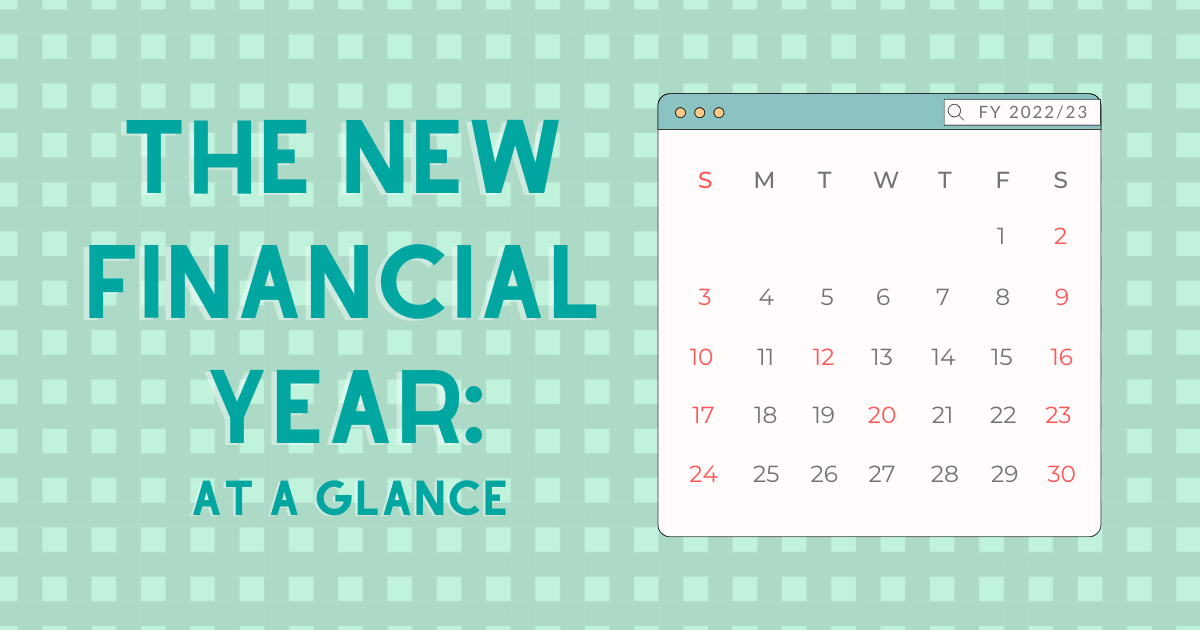By Sam Collins
With the new financial year upon us and a brand-new government, it’s as good an opportunity as ever to have a look at your own finances, and what some recent changes will mean for you and those around you.
Interest Rates
The most consequential economic story of recent weeks has been the Reserve Bank’s decision to raise interest rates by half a percentage point. Australia, like much of the world, set their interest rates to historically low levels during the Pandemic to keep the economy going. This allowed households and businesses to borrow cheaply and have more money to spend. Now that the Pandemic restrictions have largely been removed, the economy is roaring once again, so the RBA has decided to put the brakes on by hiking rates.
The low-interest rates during the Pandemic played a large role in the skyrocketing property prices across the country. Median house prices in Brisbane have now reached $856,431, an unbelievable 31.1 per cent rise in the past 12 months.
Reserve Bank Governor Phillip Lowe stated in November last year that he thought it was ‘entirely possible’ that interest rates would remain at their Pandemic lows until 2024. Lowe now suggests that interest rates will continue to rise from their 0.1 per cent pandemic low to 2.5 per cent in the coming years. The speed of the rise to 2.5 per cent will be determined by the rate of inflation and the overall state of the economy.
I suspect the number of students with mortgages is low, but higher interest rates will still impact us greatly. Landlords will almost always pass the full cost of the larger interest bill onto their tenants. If your rental lease is expiring in the near future, you should expect the rent to go up substantially.
A rise to 2.5 per cent will certainly slow the growth in house prices and it will also reduce the amount of money people have to spend. The hope is that if people have less money to spend, then inflation will slow down. This is particularly important for students who work in industries like retail and hospitality where people typically spend less as their budgets get tighter. If rates rise too quickly, Australia could fall into a recession which would reduce the job opportunities available to graduating students.
Power Prices
A culmination of many factors has placed the Australian energy grid under extreme stress. The wholesale price of electricity has more than doubled in the past 12 months. There are now serious concerns of rolling blackouts occurring in major cities across the east coast throughout winter. NSW Energy Minister Matt Kean has urged residents to limit their energy usage between 5:30 pm and 8:30 pm to help ensure that the grid would continue to function through the night.
The war in Ukraine is the most direct cause of the current energy crisis. Russia was a major exporter of coal, oil, and natural gas prior to the invasion. Now that the European Union has sanctioned Russia by banning the import of their commodities, global prices have skyrocketed. Despite being a major exporter of coal and natural gas ourselves, decades of bad policy means that Australia is often forced to pay the global market rate for these commodities.
The skyrocketing prices of coal and natural gas have occurred at maybe the worst possible time for Australia. The winter weather has reduced the energy generated by wind and solar at a time of peak demand. Several major coal-fired power generators have also gone offline unexpectedly.
Energy retailers will begin passing on these price rises to consumers from July 1st. The initial price rise will increase the default market offer for power by 12.9 per cent in southeast Queensland. Businesses in energy-intensive industries, like food manufacturing, will pass the higher energy costs onto consumers by raising prices.
Expect your power bill to jump substantially in the next quarter and to continue to rise after that until there is either a change to energy policy in Australia or a resolution to the war in Ukraine.
Wages
One of the Albanese Government’s first major actions since taking office has been their submission to the Fair Work Commission recommending an increase to the minimum wage of at least 5.1 per cent.
Independent of the government, the Fair Work Commission aims to balance the needs of employers and workers when setting the minimum wage in Australia. Unions argued that the minimum wage should increase by more than the 5.1 per cent inflation rate so that workers could meet the rising cost of living. Business groups argued for a smaller increase to the minimum wage by stating that small businesses are already struggling with other cost pressures.
The Fair Work Commission surprised many commentators when it handed down its decision to lift the minimum wage by 5.2 per cent.
From July 1st, the new minimum wage will be $21.38 an hour, a raise of $1.05 an hour. The Commission stated that the decision was made in response to the pressure placed on low-paid workers by the rising cost of living. Students employed in industries covered under the award system, such as retail and food services, will also benefit from a 4.6 per cent pay increase.
Student Debt
If you’ve logged in to myGov recently, you might have noticed a jump in your HECS or HELP student loans. There are many good things about a HECS-HELP debt compared to other debts: there’s no interest, no mandatory repayments until you earn more than $47,014 per year, and any outstanding debt is cancelled if you die. However, one of the few caveats is indexation.
Inflation means that over time, each dollar is progressively worth less each year. An indexation rate is applied annually to HECS-HELP loans to ensure that students pay back an amount in today’s money that is equivalent to the value of the money when the loan was taken out.
The rate of inflation for most of the last decade has stayed consistently between one and two per cent. This indexation rate is so small that most people probably wouldn’t have noticed it in previous years. But now that inflation is on the rise once again, so is the indexation rate.
On June 1st, a 3.9 per cent indexation rate was applied to all outstanding student loan balances. This is much higher than the 1.8 per cent and 0.6 per cent rises in 2020 and 2021 respectively. On a $40,000 HECS-HELP balance, this year’s indexation has added $1,560 to the total debt.
Leading economists predict that inflation will potentially reach seven per cent in Australia by the end of this year. That scenario would mean that a $40,000 student debt in 2022 would grow to $44,469.20 by 2023 even if no additional study costs are added to the loan.
The indexation applied to HECS-HELP loans is something both new and continuing students should be conscious of when enrolling in a new semester. A large HECS-HELP debt is vastly preferable to say a large credit card debt, but it still will have consequences later in life.
Government Finances
The Albanese Government faces extremely challenging economic circumstances on both the domestic and international fronts. Treasurer Jim Chalmers held a press conference recently where he described the situation facing the Australian budget as ‘dire’.
The unprecedented spending during the pandemic has left Australia with a gross debt of around $963 billion. While this is a modest amount compared to other advanced economies, it will significantly constrain the spending options available to the new government.
Similar to a household mortgage, a rising interest rate means that the government will have a higher interest bill on its debt. The new government will either increase their income through higher taxes or reduce their spending in other areas to pay the interest bill.
The government will have some help on the income front with the increased royalties from commodities like iron ore and coal which are at record prices. Workers receiving pay increases to meet the costs of inflation should also help the government as it can collect more in income taxes.
However, reducing spending will be a difficult political task. A reduction in government spending can slow down inflation and an increase can accelerate it. Labor made significant election promises to spend more than the previous government in areas like child care, aged care, and addressing climate change. The electorate will tolerate some delay on these promises because of the economic situation, but Labor can’t be seen to be walking away from their promises so soon after taking office.
High inflation is a difficult problem to solve with the consequences inflicted hardest upon the most disadvantaged in the community. The economic remedies which helped get Australia through the pandemic, low-interest rates and generous government spending, need to be reversed quickly to control inflation.
History has shown that a cycle can begin where the rising cost of living forces workers to demand higher wages which in turn drives prices higher. Often a recession is the only way to break the cycle and that would have devasting ramifications for students entering the job market.
There will be no easy solutions for the government when they deliver the revised budget in October.
Sam Collins is a Brisbane based economics student in his final year of undergraduate study. Look out for future Glass stories from Sam on the economic issues impacting students.







